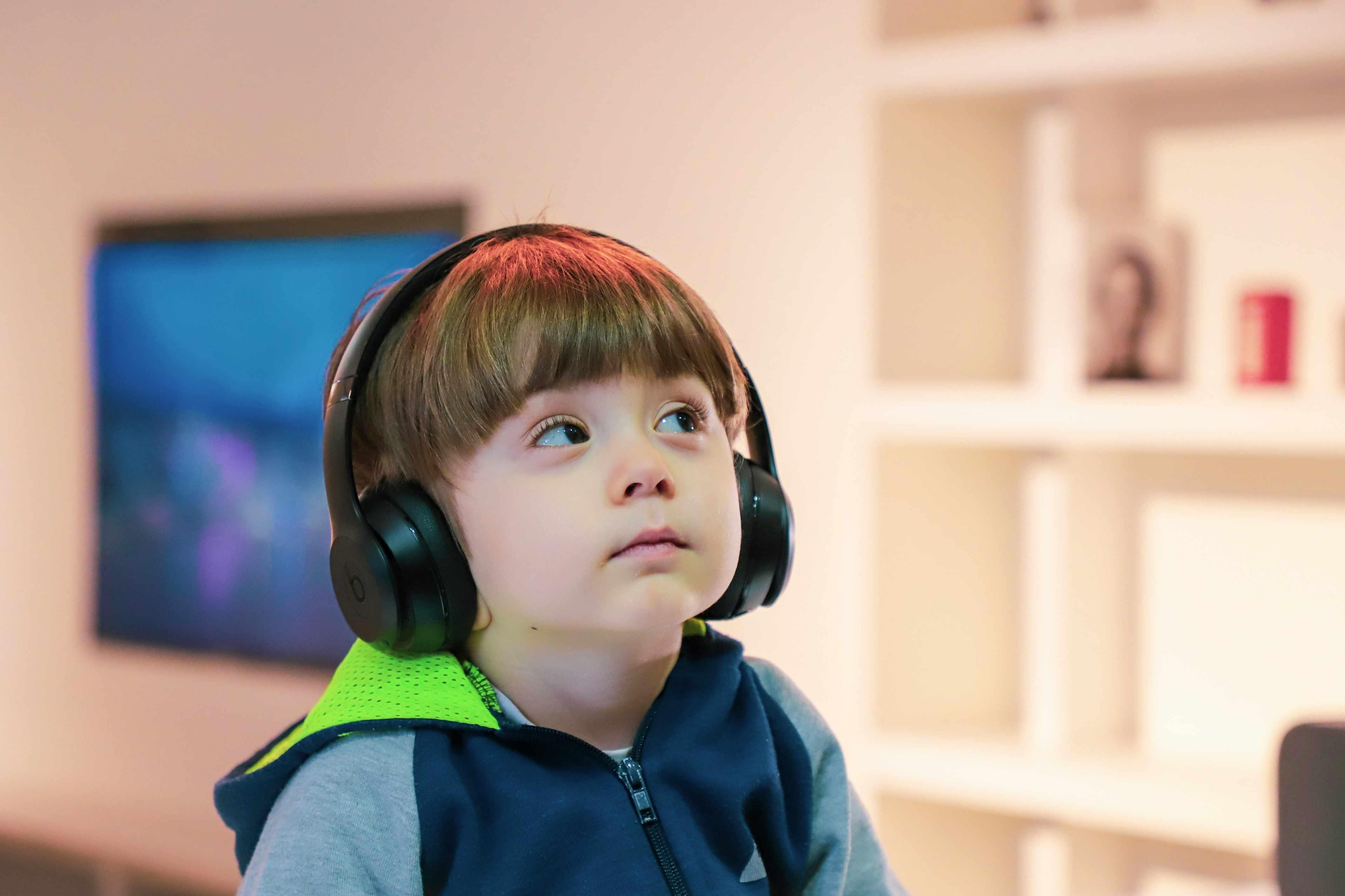Researchers Claim There Are Four Subtypes of Autism Linked to Genetic Profiles
Researchers analyzed 5,392 children ranging from age 4 to age 18.
Published July 10 2025, 3:25 p.m. ET

As our collective understanding of how autism presents in different individuals, we learn that there are utterly remarkable, kindhearted, wonderful people living with autism who defy the hatred against them from certain key members of the Trump Administration. Indeed, when new research on autism is presented to the public, we as a society are engaged.
On July 9, researchers published their findings attesting to four unique subtypes of autism, raising many questions about the implications.
Are there now four definitive subtypes of autism? Could there possibly be other, undiscovered, or otherwise unnamed subtypes of autism that researchers have yet to identify, and why are they so certain there are only four subtypes?
Keep reading to learn more about this fascinating research, how many individuals were involved in the researchers' analysis, and what this interesting publication of results means for our understanding of individuals with autism.

What are the four subtypes of autism?
According to a new study published on July 9 in Nature Genetics entitled "Decomposition of phenotypic heterogeneity in autism reveals underlying genetic programs," the researchers found that "a person-centered approach powered the classification of more than 5,000 autistic children based on a broad set of phenotypes that interact and co-occur, revealing diverging genetic and developmental signals tied to clinical presentations."
The four subtypes of autism, the researchers from Princeton and the Simons Foundation discovered, include:
- Moderate challenges (1,860 individuals)
- Broadly affected (554 individuals)
- Social/behavioral (1,976 individuals)
- Mixed ASD with DD (1,002 individuals).
A total of 5,392 children ranging in age from four years old to 18 years old were studied, with a mean age of 8.56 years old. Both "autistic individuals and their nonautistic siblings" were studied, according to the research, with 1,972 individuals comprising the nonautistic sibling cohort.
Individual data was pulled from the Simons Powering Autism Research (SPARK) autism database.
"We evaluated a rigorous combination of statistical measures, combined with interpretability, to select our final model: a four-component model that provided the best balance of model fit, complexity and interpretation," according to the research.
Furthermore, according to the research, "We have shown that phenotypic presentation does not reflect a spectrum of intellectual disability," no matter what hateful misconceptions are spread by people like Robert F. Kennedy, Jr.
"The Social/behavioral class demonstrated the highest signal for common variants associated with co-occurring ADHD and depression...By contrast, the Mixed ASD with DD class was highly enriched for high-impact rare variants," per the research.
Because of research of this nature, scientists may be able to better understand co-occurring diagnoses, such as autism and ADHD, and provide a greater level of support and treatment, if it is desired, to individuals with those diagnoses.
"What we're seeing is not just one biological story of autism, but multiple distinct narratives," Natalie Sauerwald, associate research scientist at the Flatiron Institute and co-lead author, said, according to Axios.
"A person-centered approach can capture the sum of these developmental processes at later ages, offering strong clinical value for prognosis with individualized genotype–phenotype relationships," the research further explains.